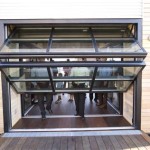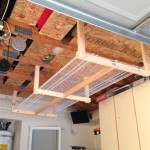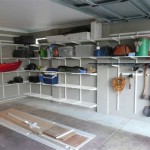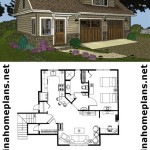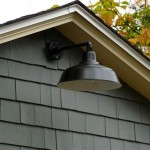Homemade Bike Rack For Garage Door
Storing bicycles efficiently in a garage can be a challenge, especially with limited space. A garage door often presents a large, unused surface area that can be repurposed for storage. Building a homemade bike rack for the garage door offers a practical solution for keeping bikes organized and out of the way.
Several factors should be considered before embarking on this project. The weight of the bicycles, the type of garage door, and available space are crucial elements. Heavier bikes, such as mountain bikes or e-bikes, will require a more robust rack compared to lighter road bikes. The garage door material and mechanism also play a role. Standard sectional roll-up doors are generally suitable, but one-piece tilt-up doors may present limitations. Finally, the available vertical space between the top of the garage door and the ceiling must be sufficient to accommodate the bikes when the door is closed.
Planning the design of the bike rack is the next step. Several options exist, from simple hooks to more complex pulley systems. Simple hooks attached directly to the garage door are the easiest to implement, but they may not be suitable for heavier bikes or doors with limited structural integrity. A more robust system involves horizontal bars attached to the garage door, providing multiple hanging points for bikes. For heavier bikes, a pulley system can be incorporated to assist in lifting and lowering the bikes, reducing strain and making storage easier.
Choosing the right materials is crucial for a safe and functional bike rack. Heavy-duty steel brackets and hardware are recommended for stability, particularly when storing heavier bicycles. The hooks or cradles that hold the bikes should be coated with rubber or foam to protect the bike frames from scratches. For pulley systems, strong rope or cable, along with appropriately sized pulleys, are essential. The chosen materials should be weather-resistant to withstand temperature fluctuations and humidity within the garage.
Constructing the bike rack requires careful measurement and attention to detail. Begin by marking the desired locations for the brackets on the garage door panels. Ensure these locations provide adequate clearance for the bikes and do not interfere with the door's operation. Use appropriate fasteners to secure the brackets to the door panels, ensuring they are firmly attached. If using a pulley system, install the pulleys securely and thread the rope or cable accordingly. Test the system thoroughly before hanging any bikes to ensure smooth operation and stability.
Safety considerations are paramount throughout the construction and use of the bike rack. Ensure the weight of the bikes and the rack itself does not exceed the garage door's weight capacity. Overloading the door can damage the lifting mechanism or even cause the door to fail. Regularly inspect the rack and hardware for any signs of wear or damage, and replace any compromised components immediately. When hanging bikes, ensure they are securely fastened to the rack to prevent them from falling during door operation.
Several variations and enhancements can be implemented to customize the bike rack. Adding shelves above the bikes can provide extra storage space for helmets, gloves, and other cycling accessories. Installing lights near the rack can improve visibility in the garage. Consider using different colored hooks or labels to designate specific bike storage locations for different family members. These customizations can enhance both the functionality and organization of the garage space.
Alternatives to a garage door-mounted bike rack exist for those who prefer different storage solutions. Wall-mounted racks offer a versatile option for storing bikes vertically or horizontally. Freestanding racks provide flexibility and can be easily moved around the garage. Ceiling-mounted hoists are a good choice for maximizing floor space, especially in smaller garages. The best option depends on individual needs and preferences, as well as the available space and layout of the garage.
Maintaining the bike rack is essential to ensure its longevity and safety. Regularly inspect the hardware for signs of rust or corrosion. Lubricate moving parts, such as pulleys, to maintain smooth operation. Clean the rack periodically to remove dirt and debris. Check the stability of the rack and tighten any loose bolts or screws. Proper maintenance will prevent potential issues and prolong the lifespan of the bike rack.
By carefully considering the design, materials, and construction process, a homemade bike rack for a garage door can provide a practical and effective solution for bicycle storage. This approach maximizes vertical space, keeping bikes organized and out of the way, while also contributing to a more organized and functional garage environment.

10 Smart Diy Bike Rack Ideas For Your Garage The Handyman S Daughter

Diy Bike Rack For 20 Storage Stand Cabinet Garage Crafted Work

Diy Simple Bike Rack In The Garage For

404 Not Found Bike Storage Diy Rack Garage

10 Smart Diy Bike Rack Ideas For Your Garage The Handyman S Daughter

Easy And Diy Bike Rack House Becoming Home

Diy Simple Bike Rack In The Garage For

10 Diy Bike Storage Ideas You Must See

Bike Rack For Garage Get It To Saving Space Home Interiors Storage Wall

10 Diy Bike Storage Ideas You Must See
Related Posts

